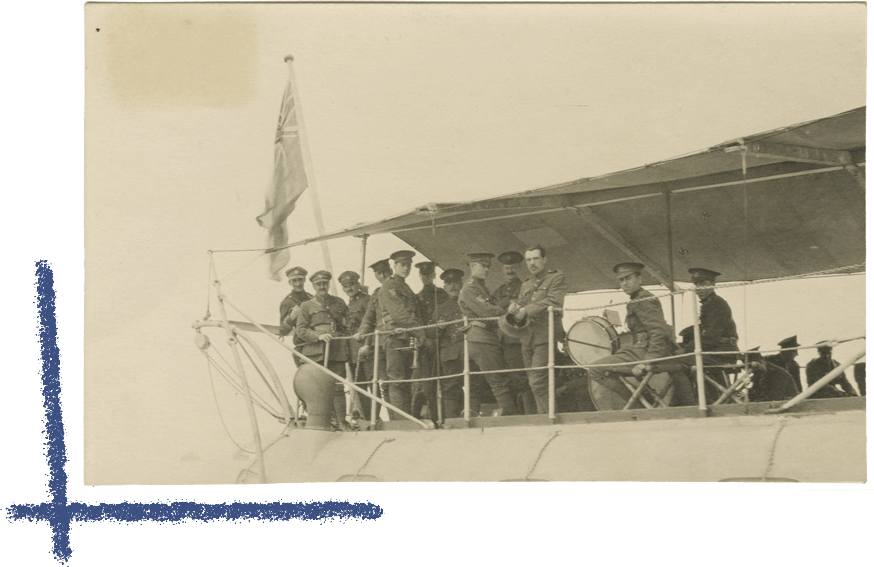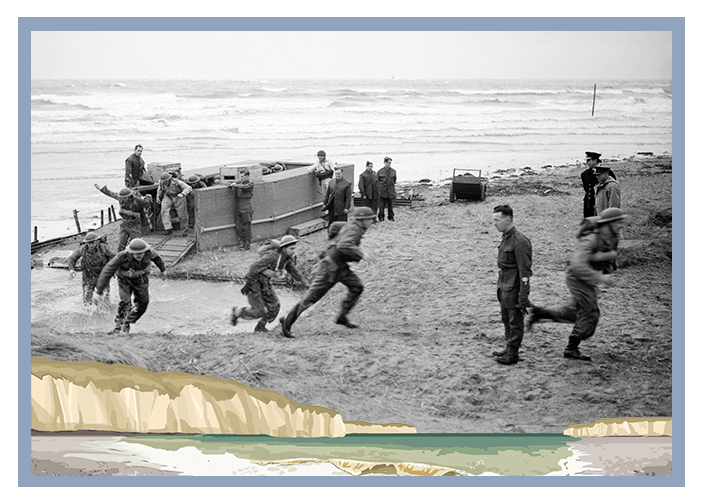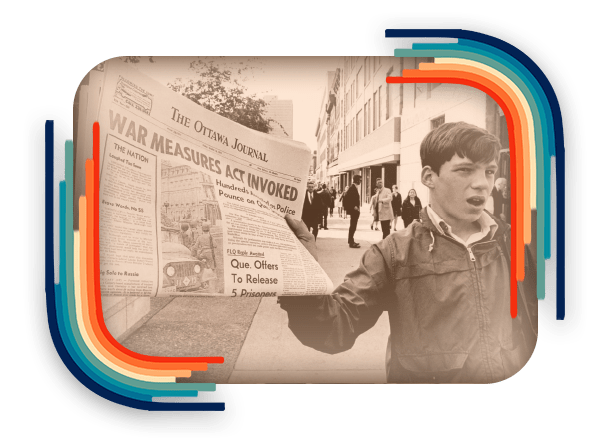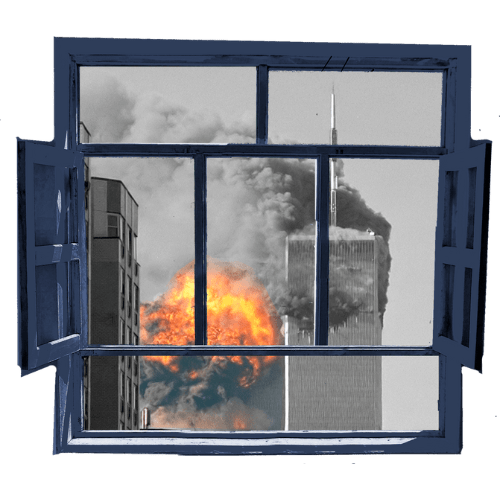What was 9/11? How did it change the world forever? What is NATO? What happened in Afghanistan’s history that led to war?
Students will engage in a consensus building activity to exercise their critical thinking skills involving Canada’s involvement in Afghanistan and the War on Terror.
Consensus building has been a part of Afghanistan’s history for centuries and is known as a jirga. It involves Pashtun elders in a community council using mediators to hear and debate disputes as a means to find a resolution. Once the jirga hears both sides of the conflict and considers the options, it comes to a decision by reaching a consensus. For centuries, jirga participants had to travel over rugged terrain on foot to reach the jirga meeting place.
Although students will not need to physically travel far, they will need to reach a consensus of their own through a jirga on three critical questions:
- To inverne or not not?
- Should Canada be obliged to intervene when NATO asks it to?
- Should Canada have intervened in Afghanistan?
This activity was designed to accompany our Remembering Afghanistan exhibit. The exhibition is also available for free to your school by completing our reservation form.
Contents of the activity
By following the student guide:
- Split the class into six groups. By using our background information page, assign a section (from A to F) and have your students read it. You can also print each individual sections in advance, in case you don’t have access to a screen per group [duration: 5 to 10 minutes].
- Each group summarizes to the entire class the most salient parts. Students can use the 5 W’s + H to help them: “who?”, “what?”, “where?”, “why?”, “when?” and “how?” [duration: 10 to 15 minutes].
- Once the entire class hears each team’s summaries, they then have to debate in their original groups the following questions and come to a consensus [duration: 8 to 10 minutes]:
- To intervene or not to intervene?
- Should Canada be obliged to intervene when NATO asks it to?
- Should Canada have intervened in Afghanistan?
- Each team needs to debate the above questions and come to a consensus. They must explain to the class what their decision was and why (duration: 15 to 20 minutes).
- Optional: teacher can change the group composition to enrich the debates, by asking one student from each group to join the next group.
To help the discussion, the teacher can cask the following questions:
- Who is responsible for world peace?
- Should Canada help its allies?
- What is Canada’s responsibility to other nations who are fighting for democracy?
- What should Canada’s role be on the world stage?
- Is military intervention sometimes the only way?
- Should nations work out their problems on their own?
- What responsibility should the world have towards human suffering?
- Should Canada export its values?
Activity objectives
The aim of this educational activity is to give Cycle 2 students a better understanding of Canada’s role in the Afghan War. In keeping with the Quebec Education Program, this activity develops knowledge related to International relations and the Canadian army missions abroad.
This activity also develops students’ knowledge of Quebec and Canadian history through the competencies promoted by the Quebec Education Program:
- Characterizes a period in the history of Quebec and Canada
- Interprets a social phenomenon
This activity is also adapted to the Contemporary World course, fitting in with the Tensions and Conflicts theme and promoting the following skills:
- Interprets a contemporary world problem
- Takes a position on a contemporary world issue
Activities you might also like

Tragedy at Sea: The Llandovery Castle
In this activity students will learn about the tragedy of Llandovery Castle. Students will use article analysis to understand the chaos of the attack and to understand the war crimes of the Germans as the case of Llandovery Castle later set a precedent in war crimes trials.

Guilty or Not? A Media Analysis
Guilty or not? Students will analyze primary and secondary source documents and decide who is to blame for the tragedy by creating a newspaper article based on real or invented facts. Students will then present their article and decide whether or not Lord Mountbatten is guilty of the Canadian tragedy in Dieppe.

War Measures Act Debate
This activity consists of a reading of relevant excerpts from an article on the War Measures Act, accompanied by questions for the students to answer. We then suggest avenues of debate for the class. The debate topics encourage students to think critically about the events of the crisis and make connections with current events.

